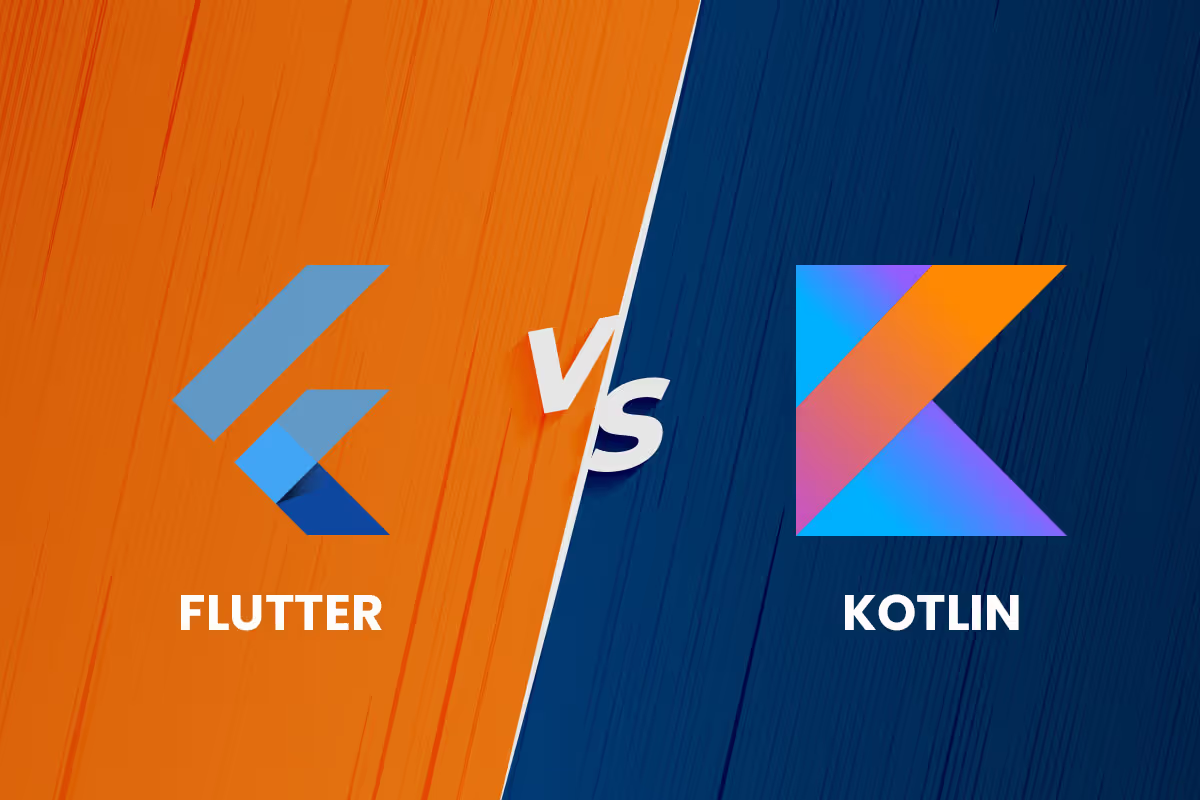
Introduction to Kotlin
Kotlin is an open-source pragmatic programming language designed for Java Virtual Machine and Android. This platform features functional programming while being object-oriented. Interoperability, scalability, transparency, and tool support are its major plusses.
It is an open-source platform since 2012, and this brings in a community of dedicated and contributing developers working towards process improvements and adding new features.
Pros of Kotlin
Being a JVM platform, Kotlin aims to be the go-to application for all the application development needs. It has all the modern features that Java lacks and is faster, lighter, and up to date. Let us talk about some other Kotlin advantages:
1. Interoperable:
Kotlin is built on JVM, and this makes it operable at all avenues where Java was originally used. This boosts productivity as it is a familiar tool to use and will not need the developers to undergo training to understand a new programming language’s nuance.
2. It is a good compiler:
The code is designed to detect errors at the time of compiling instead of runtime. This is what they have called the fail-fast principle, and the world loves it.
3. Compact and Safe:
Kotlin, with all its developers and community, has managed to successfully classify its attributes and functions efficiently and reliably. You can now run complex algorithms with fewer code lines, which reduces avenues for redundant codes and eventually minimizes crashes and system failures.
4. Boosts Productivity:
Features like Object Declaration, Parameter Values, and Extension functions are designed to keep the code clean and boost productivity. Kotlin is designed keeping the 'developers' as the focus point. This translates to taking lesser time to code and deploy new campaigns while keeping the time taken for maintenance to the minimum.
Cons of Kotlin
1. Difference:
Though Kotlin is built on JVM and is similar, it has its own set of things that are different. If the developer is not familiar with how Kotlin works, they might face a tough time navigating the platform seamlessly.
2. Speed:
In many avenues, Kotlin is faster than Java. But there are times when the compilation speeds of Kotlin have not been the best. Especially in the clean building scenario.
3. Limited Resource Availability:
Kotlin is not the new Java, and this makes the pool of skilled Kotlin resources rather limited. And the pace of learning is further slowed down with the smaller community it has. This makes process developments and knowledge sharing slower when compared to other platforms.
Introduction to Flutter
Flutter is an open-source platform specifically designed by the creators of Google to create native mobile applications in a single codebase. This means that developers can develop both Android and iOS applications with the same code.
Flutter is a combination of the SDK and a Framework. The SDK provides access to a plethora of tools to help in developing your mobile application, while the framework provides access to a host of reusable UI elements to personalize the application to your liking. Flutter, however, uses Dart as their programming language.
What Makes Flutter an Ideal Cross-Platform App Development Framework?
1. Code & UI Sharing:
Code sharing between cross-platform frameworks is not new. However, Flutter goes one step ahead and allows code sharing and UI possible. Flutter's unique way of rendering makes it unique, as developers now will not have to worry about UI consistency.
2. Hot-reload:
The android app takes at least thirty seconds to get shipped on to test devices, and the time taken to align visual aspects in the layout can vary. And Android Studio's 'Preview' option does not work consistently on all scenarios. This affects productivity.
Flutter's Hot-reload solves this by allowing developers to see changes almost instantly without having to lose their current application state. This results in Flutter being faster than most native mobile development applications.
3. Customizable:
Flutter features a host of customization options regardless of the complexity. Shared element transitions, Manipulations of colors and shapes, clippings, and transformations reduce load sharing.
4. Beyond Mobile:
Flutter's latest update makes it a cross-functional platform that allows developers to run Pure Flutter applications on a web browser without making any changes to the source code. This opens avenues for developers to run the application on Android, iOS, Web Browsers, macOS, and Linux.
Things you should consider before choosing Flutter
Flutter is New:
- Given the age of this framework, it can be daunting to find the right team with the desired level of experience. It is easier to find JVM developers than Flutter experts.
- Flutter is not the go-to choice if you include elements of AI or live streaming in your mobile application. Flutter is not the best at running high-loaded applications.
Flutter vs. Kotlin: A Comparison
Flutter or Kotlin: What Should You Choose?
Kotlin and Flutter are open-source platforms with their own set of pros and cons. However, it is essential to understand your requirement first and then pick the best cross-platform framework suited for the job.
Our expertise in Flutter and Kotlin makes Fission Labs one of the best in mobile application development industry. Our experience in working with organizations of all sizes enables us to make custom applications for your unique needs. Contact us to book a free consultation session with our app development experts.



